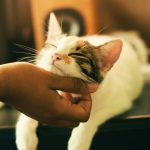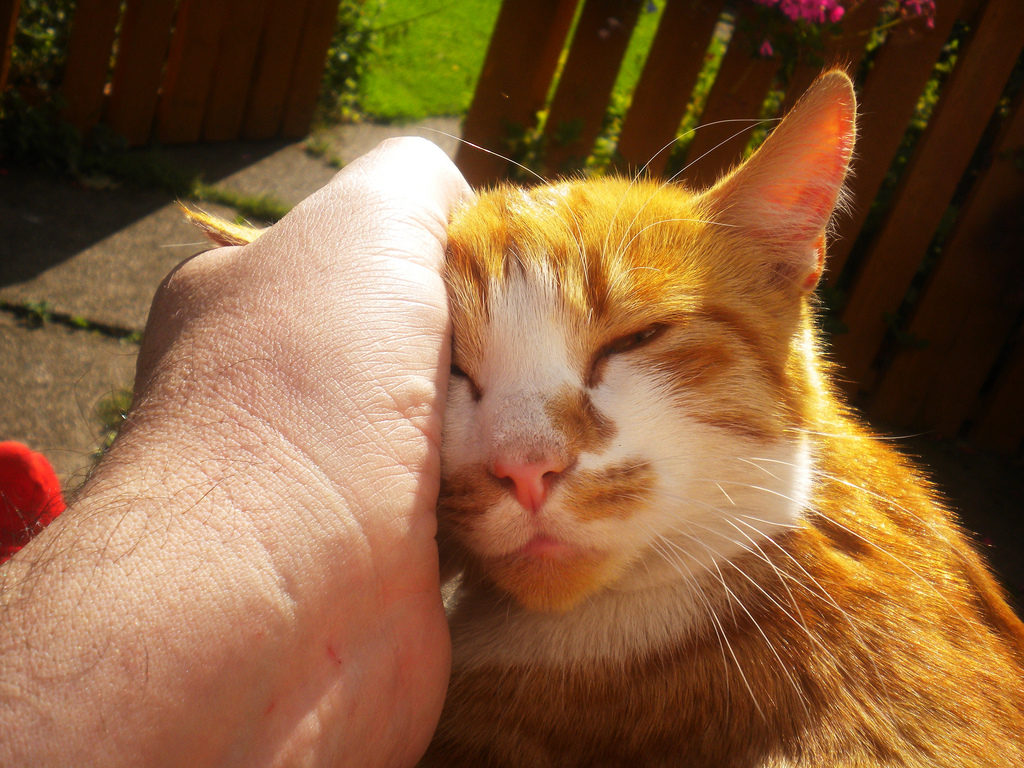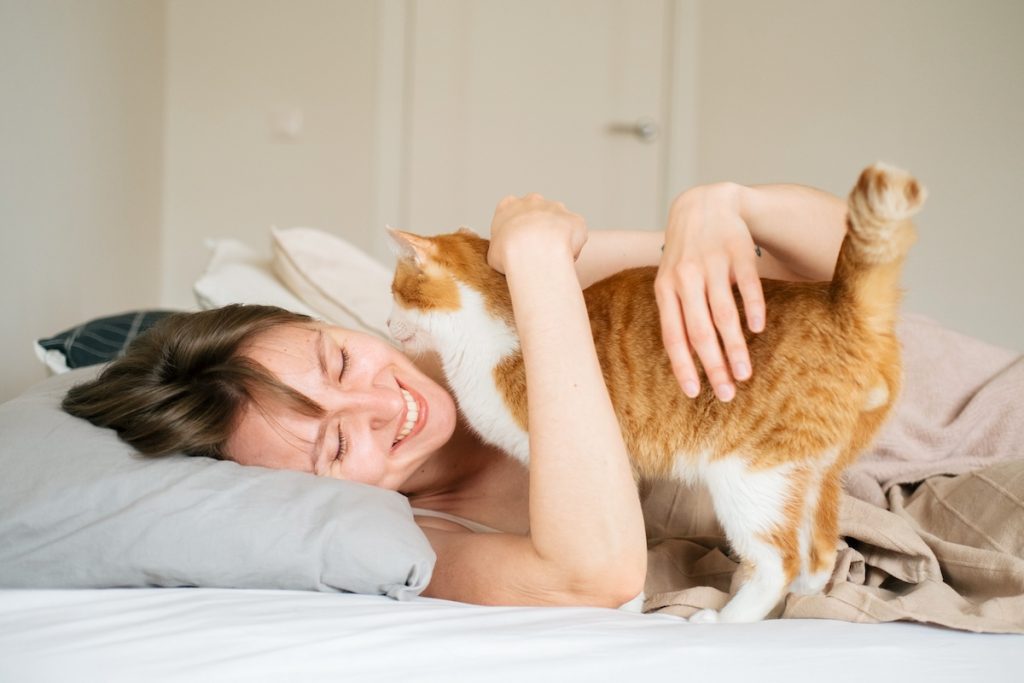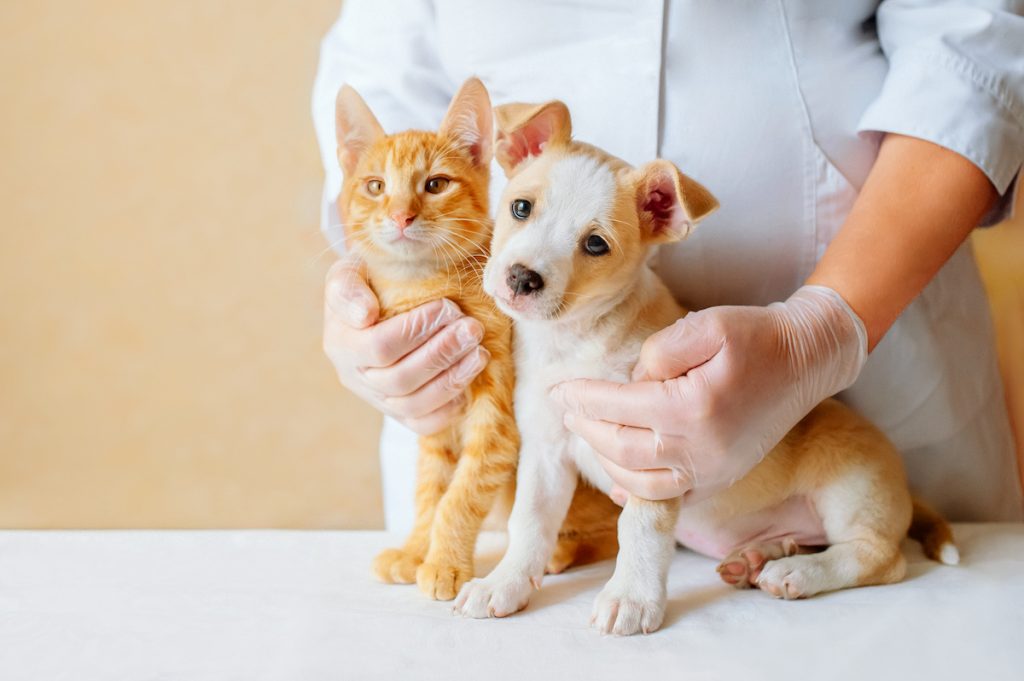
Within the final twenty years, the variety of autism diagnoses within the UK has cat-apulted by 787% (Russell et al., 2022). So, what precisely is autistic spectrum dysfunction (ASD) and what’s inflicting this exponential development?
Defining ASD in a single sentence is close to unattainable as a result of its sheer complexity. Even the NHS web site doesn’t present a definition, and as an alternative states that “autistic individuals could act differently to different individuals” (NHS, 2022) – the language used right here is relatively marginalising because it’s assuming that “different individuals” are neurotypical and, subsequently, ‘the norm’. The steep rise in diagnoses can maybe be attributed to an improved understanding of ASD and its completely different displays throughout gender and age.
ASD is usually related to communication difficulties, and decoding facial expressions could be notably difficult for autistic individuals. Nevertheless, analysis reveals that the kind of stimuli presenting the expression might make all of the distinction: autistic brains responded higher to facial expressions in animal-like faces over human ones (Atherton & Gross, 2018; Whyte et al., 2016). Contemplating this, it is sensible that autistic individuals could generally desire interactions with animals over people. Many private narratives have documented an distinctive bond between cats and autistic kids (Carter-Johnson, 2016; Cats Safety, 2019), nonetheless, the educational analysis seems to be sparse. Consequently, Cleary and colleagues (2023) undertook a scoping evaluate to consolidate the literature on this space, looking for to grasp how cats can play a therapeutic position for autistic individuals.

Lived expertise tales have demonstrated the advantages autistic individuals obtain from participating with animals, however analysis continues to be restricted.
Strategies
This paper adopted a beforehand established framework for scoping opinions, which was superior by Levac and colleagues (2010). A search was performed throughout a number of digital databases in accordance with the next standards:
- Analysis focus was absolutely or partially on cats particularly;
- Goal inhabitants recognized as autistic or on the autism spectrum;
- English language, peer-reviewed major analysis with no parameters set for the publication date.
Thematic evaluation was performed utilizing Braun and Clarke’s information (2006). The articles had been totally learn by one creator, after which re-read utilizing evaluation software program. The papers had been coded, which helped the authors to establish themes and subthemes. The ultimate themes had been mentioned with the lead creator to achieve mutual settlement.
As with most scoping opinions, no threat of bias evaluation was used so it’s tough to establish the standard of included research.
Outcomes
The authors discovered 463 data in complete, however solely 13 articles had been included after reviewing for inclusion standards and eligibility. Two foremost ways in which cats present assist for autistic individuals had been discovered to be:
- In therapeutic interventions, equivalent to play remedy.
- As a companion animal (which was the case for most individuals).
No research had been discovered to research the position of cats as service animals.
Cat-assisted therapeutic interventions
- Solely two research investigated this, each used robotic cats that imitated actual cat behaviours – these had been chosen for his or her “therapeutic expressions recognized to higher interact autistic individuals”
- Each research yielded optimistic outcomes, with improved ranges of interplay by the autistic baby with the robotic cat, together with raised ranges of eye contact, verbalisation and initiation of bodily contact with the robotic.
Cats as companion animals
- Households with an autistic particular person had been extra prone to personal a cat than neurotypical households.
5 foremost themes arose from the thematic evaluation:
1. Behaviour and traits of cats
- Constructive traits that autistic people favoured had been: cats permitting themselves to be carried, being affectionate and missing aggression
- Cats seemed to be extra lenient in the direction of autistic individuals, and confirmed choice for them over neurotypical people
- Previous to adoption, cats ought to be individually assessed to match their temperament with the longer term house atmosphere, facilitating higher possibilities of lasting success.
2. The human-cat bond
- Autistic people fashioned a “robust mutual bond” with their cat
- Throughout the pandemic, this relationship deepened since cats had been a supply of consistency and calm.
3. Cats as substitutes for human interactions
- Autistic individuals used companion cats as human substitutes, forming deep friendship-like relationships
- Cats act as a buffer, enabling autistic individuals to enhance their socialisation abilities in a manner that feels protected and safe.
4. Constructive results of cat possession
- Sense of duty, and elevated incentive to be extra lively
- Improved social interplay and communication
- Lower in depressive signs, stress and nervousness
- A soothing affect and higher emotional regulation gained by means of the sensory benefits of human-cat interactions (e.g. smooth fur, purring sound).
5. Negatives, drawbacks and issues of cat possession
- Costly care
- Time dedication required
- Inappropriate toileting points
- Cat’s separation nervousness from the autistic particular person
- Aggression originating from the cat, and aimed in the direction of the cat.

Autistic individuals can create a robust bond with their cat, particularly underneath annoying circumstances such because the pandemic.
Conclusions
This scoping evaluate means that cats have a singular shared reference to autistic people, and this bond provides technique to a plethora of advantages, together with:
Elevated abilities in socialisation, communication, and self-regulation and reductions in nervousness, stress and social disconnection.
This scoping evaluate means that cats can substitute human interactions for autistic individuals with their profound capability to supply companionship, consolation and sensory gratification. Moreover, cats have their very own particular person personalities, and so potential matching ought to be carried out with the brand new atmosphere to maximise compatibility and long-term success.
Robotic cats have additionally achieved nice success as therapeutic aids, and additional analysis is indicated on this discipline.

This evaluate discovered multifaceted positive factors of cat possession for autistic individuals, equivalent to elevated socialisation abilities and sense of companionship.
Strengths and limitations
This paper is the primary scoping evaluate to look at the connection between cats and autistic individuals. The dearth of literature reveals that this was essentially the most acceptable methodology, as it’s nonetheless an rising discipline and never sufficient information is accessible for a extra complete (systematic) evaluate. The authors efficiently recognized themes and constantly associated these again to the evaluate purpose. The outcomes part clearly demonstrated how the themes emerged from the research. The authors acknowledged the extra discovering of “negatives, drawbacks and issues of cat possession” that was discovered throughout lots of the research. Though this theme doesn’t align with their unique goal (to construct a information base endorsing feline remedy), by acknowledging and together with this incidental discovering, their analysis is rather more genuine, credible and clear.
From the beginning, the evaluate purpose is deliberately selective in the direction of the optimistic affect of cats over the drawbacks. This introduces the potential of a biased search technique, so consideration and justification for that is obligatory. Moreover, there was a big variation within the kinds of research included, making comparisons tough. Solely English-language articles had been included, limiting the generalisability of this evaluate. Because of the area of interest nature of analysis, even a number of non-English papers could have significantly altered the themes recognized. Non-academic sources of data had been additionally missed; extra on-line searches would have highlighted important data that shall be mentioned within the subsequent part.
Though it’s acknowledged that Levac’s (2010) superior framework for a scoping evaluate was adopted, the authors didn’t embrace the ultimate stage “Session”. Levac indicated that session with stakeholders is a “required element”, and I might argue that by leaving out this step, the authors have missed out on an ideal alternative to realize perception into how cats assist autistic individuals in the actual world. Examples of stakeholders are: autistic people, their households, healthcare professionals and organisations equivalent to Pets as Remedy (the place cats already volunteer as remedy animals).

Consolidation with stakeholders is important to co-producing simpler and centered analysis.
Implications for observe
This paper has supplied many new analysis instructions:
- The position of robotic cats in therapeutic interventions for autistic kids. Though the authors painting robotic cats as an alternative choice to actual cats, it’s clear that also they are impactful as a separate intervention in and of itself. Robotic cats have distinct advantages equivalent to demonstrating trigger and impact in a constant, visible, and sensory-stimulating manner that will not be achievable with reside animals.
- The potential for actual cats for use as help animals or in therapeutic interventions.
Though the authors debate whether or not there’s an absence of cats in help roles or only a lack of analysis on this space, I strongly argue for the latter. After a Google search, it turned obvious to me that there are already quite a few instances the place cats are performing in a therapeutic capability, however wider recognition for his or her position is considerably missing (BBC, 2019). A person case in Could 2022 highlights how there’s even societal resistance in the direction of recognising cats as help animals. Mr Ian Fenn was requested to depart his cat, Chloe, outdoors when procuring at a grocery store in London, regardless of explaining that she is a service animal (Cascian, 2022). The grocery store has since maintained that any help animals, apart from canine, aren’t allowed of their shops, claiming a threat to meals hygiene (Fenn, 2022). Nevertheless, the dearth of proof to assist how the hygiene of cats differs from that of canine is strictly why extra analysis must be achieved, in order that those that depend on non-dog service animals aren’t disproportionately discriminated towards of their each day lives. Mr Fenn is autistic and describes how Chloe is invaluable in serving to him to handle sensory overload and full his weekly store (Cascian, 2022).
For that reason, I strongly advocate for future analysis to be centered in the direction of higher understanding and acknowledging the optimistic impacts that cats (and different animals) can deliver as help or remedy animals. This analysis can then empower people to champion and push for coverage change – an space that requires a lot enchancment within the UK. In some nations, equivalent to Australia, the laws is extra accessible and different animals are additionally legally recognised and guarded as help animals. Clearly, there’s lots of progress to be made in UK laws, and build up an proof base is the essential first step to elevating consciousness of the therapeutic position of cats in society.

Additional analysis can set up the affect of cats as service or help animals and contribute to coverage adjustments.
Statements of curiosity
No conflicts.
Hyperlinks
Major Paper
Cleary M, West S, Thapa DK, Kornhaber R. Placing Cats on the Spectrum: A Scoping Overview of the Function of Cats in Remedy and Companionship for Autistic Adults and Kids. Points in Psychological Well being Nursing. 2023;44(6):505-16.
Different references
Russell G, Stapley S, Newlove-Delgado T, Salmon A, White R, Warren F, et al. Time developments in autism prognosis over 20 years: a UK population-based cohort examine. Journal of Little one Psychology and Psychiatry. 2022;63(6):674-82.
NHS. What’s autism? [Internet]. 2022. [cited 2023 Nov 25]. Obtainable from: https://www.nhs.uk/circumstances/autism/what-is-autism/.
Atherton G, Cross L. Seeing Extra Than Human: Autism and Anthropomorphic Principle of Thoughts. Entrance Psychol. 2018;9:528.
Whyte EM, Behrmann M, Minshew NJ, Garcia NV, Scherf KS. Animal, however not human, faces interact the distributed face community in adolescents with autism. Dev Sci. 2016;19(2):306-17.
Carter-Johnson A. How a cat enabled an autistic six-year-old to speak. BBC. [Internet]. 2016 March 13 [cited 2023 Dec 2]. Obtainable from: https://www.bbc.co.uk/information/av/health-35797084
Cats Safety. [Internet]. 2019 June 8 [cited 2023 Dec 2]. Obtainable from: https://www.cats.org.uk/cats-blog/meet-cats-and-kids-who-are-furrever-friends
Cleary M, West S, Thapa DK, Kornhaber R. Placing Cats on the Spectrum: A Scoping Overview of the Function of Cats in Remedy and Companionship for Autistic Adults and Kids. Points in Psychological Well being Nursing. 2023;44(6):505-16.
Arksey H, O’Malley L. Scoping research: in the direction of a methodological framework. Worldwide Journal of Social Analysis Methodology. 2005;8(1):19-32.
Levac D, Colquhoun H, O’Brien KK. Scoping research: advancing the methodology. Implementation Science. 2010;5(1):69.
Braun V, Clarke V. Utilizing thematic evaluation in psychology. Qualitative Analysis in Psychology. 2006;3(2):77-101.
BBC London. Is that this London’s cutest remedy cat?. 2019 Oct 20 [cited 2023 Dec 3]. Obtainable from: https://www.youtube.com/watch?v=UTY6c4I2CTQ
Cascian D, Ellison C. Court docket battle looms over Sainsbury’s cat ban. BBC. [Internet]. 2022 Could [cited 2023 Nov 25]. Obtainable from: https://www.bbc.co.uk/information/uk-61596623
Fenn I. Fenn V Sainsburys. [Internet]. 2022 July 14 [cited 2023 Dec 2]. Obtainable from: https://catfriendly.org/fenn-v-sainsburys/
Photograph credit
Photograph by Yerlin Matu on Unsplash


